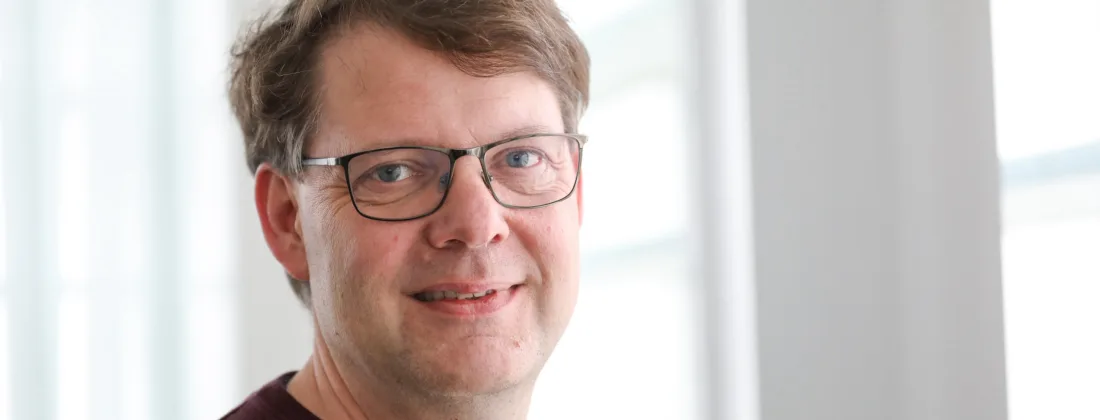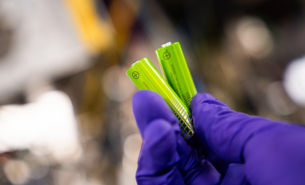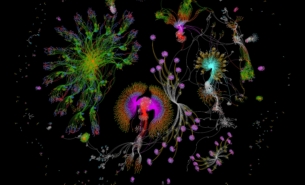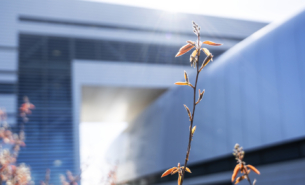On March 20th, Professor Joachim “Achim” Schnadt joined MAX IV as the interim Science Director in a newly formed role following the reorganisation of the MAX IV Science Division. Joachim comes to MAX IV as the former Head of the Department of Physics at Lund University. He has extensive experience working at MAX-lab during many years, as a synchrotron user, and with instrumentation development.
“I’m looking very much forward to working in a really exciting environment, with a lot of passion, knowledge and drive forward. It’ll be very rewarding to learn about all the great opportunities at MAX IV and the great science that is done here, of our users, together with our staff,” said Joachim Schnadt.
Joachim is originally from the area of Cologne, Germany, and moved to Sweden for undergraduate and PhD studies in Uppsala. After completing a postdoc in scanning tunnelling microscopy in Aarhus, Denmark, he was intrigued to pursue a career in X-ray science. His interest lay in developing the first synchrotron-based ambient pressure X-ray photoelectron spectroscopy (APXPS) system in Sweden, an idea he submitted to Vetenskåpsrådet in 2004, subsequently paving a path to begin work at MAX-lab.
Much of Joachim’s work has been with synchrotron-based electron spectroscopies and instrument and method development, including the goal APXPS system he envisioned, now implemented at SPECIES beamline, and with significant contributions to the development of HIPPIE beamline. Schnadt has held leadership roles within the Lund University Department of Physics since 2010.
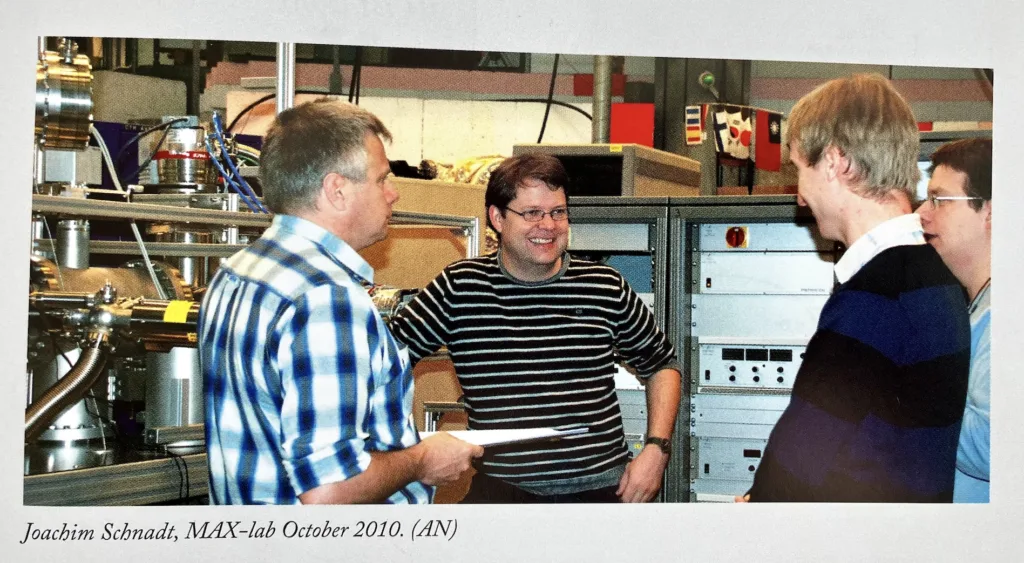
Joachim’s PhD focused on the surface science of molecular compounds related to the sensitiser found in dye-sensitised (Grätzel) solar cell, with measurements from MAX-lab beamlines 22, I511 and D1011. Today, he clearly has a passion area that crosses many domains. “It’s really all kinds of synchrotron-based research. Synchrotron light provides unique tools for all kinds of investigations of matter and materials,” explained Schnadt.
During the spring, Joachim will focus on organisation within the Science Division relating to staffing and internal communications. He is also excited to delve further into the research areas of MAX IV. One initiative is already underway which may interest the MAX IV user communities. “Together with the User Office we’re aiming at bringing back the fast access mode into operation, initially in a somewhat more limited edition, but nonetheless. The staff at the beamlines, users, and the User Office have made very clear that they want to have it back,” said Schnadt.
Joachim looks forward to meeting with MAX IV’s most important stakeholders – the universities in Sweden and some of the neighbouring countries, to discuss the future. For facility development, he among others aims to contribute to the upcoming MAX IVU project, a major upgrade for the MAX IV accelerators.
Welcome, Joachim!
